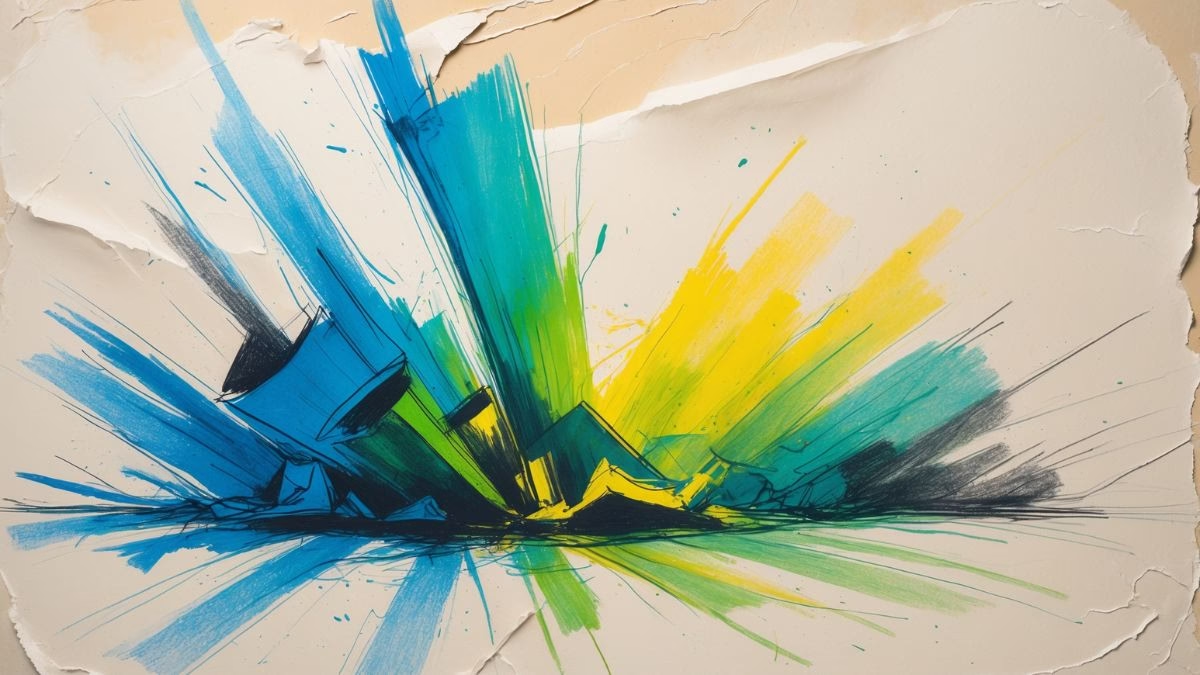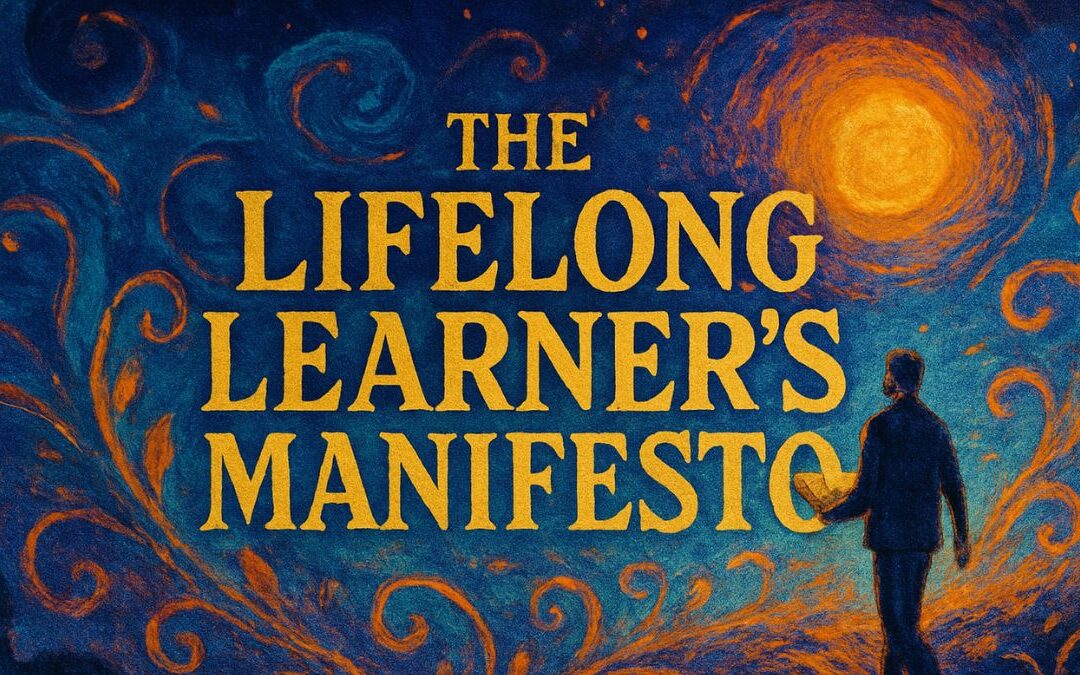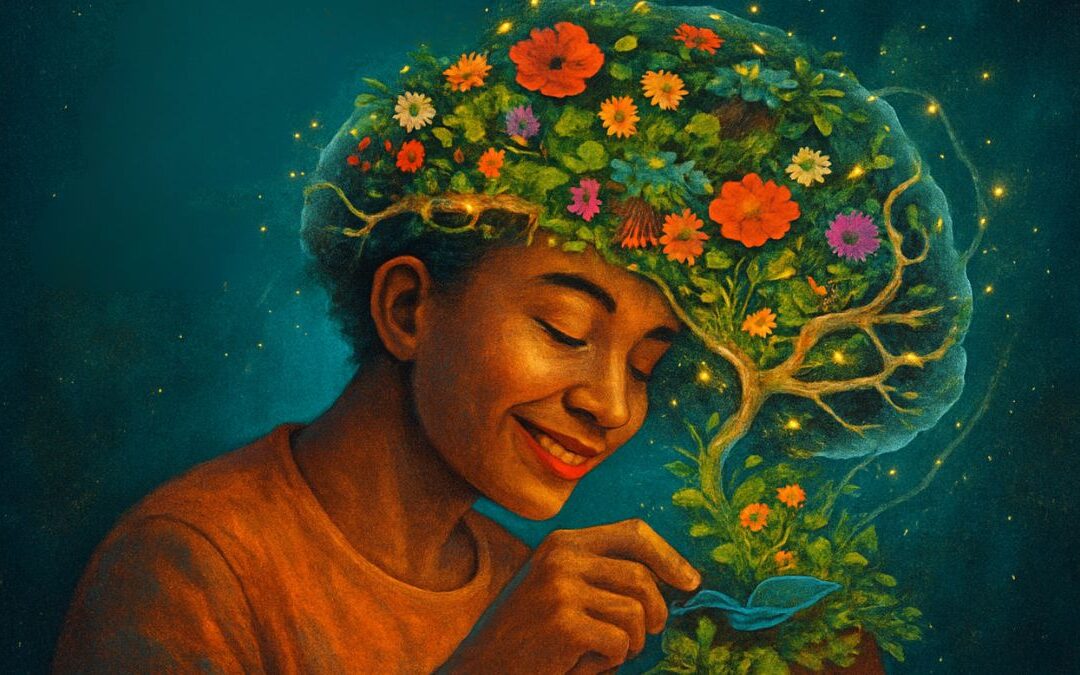Introduction
Welcome to your vocabulary-building workout for the creative industries! In a world where ideas are currency, being able to articulate your vision with precision and flair is not just a skill—it’s a superpower. The arts and media sectors are filled with specialized language, and mastering this terminology can be the key that unlocks new opportunities, deeper collaborations, and a greater understanding of your craft.
This quiz is more than just a test of your current knowledge; it’s a dynamic learning experience designed to immerse you in real-world scenarios you’re likely to encounter in these vibrant fields. Whether you’re a budding graphic designer, an aspiring filmmaker, a seasoned marketer, or simply a passionate enthusiast, the vocabulary you’ll encounter here will help you to:
Communicate with Confidence: Speak the language of industry professionals, from client meetings to creative brainstorms.
Deepen Your Understanding: Grasp the nuances of creative processes and project development.
Enhance Your Professionalism: Demonstrate your expertise and commitment to your field.
Unlock New Creative Avenues: Discover new concepts and ways of thinking about your work.
Each question is a mini-scenario, a snapshot of life in the creative fast lane. The options are designed to be challenging, encouraging you to think critically about context and meaning. Don’t worry if you’re not sure about an answer; the hints are there to guide you, and the detailed feedback for every option will ensure that you learn something valuable with each click.
So, are you ready to sharpen your creative vocabulary and speak the language of innovation? Let’s dive in!
Quiz Content Audio
Learning Quiz
This is a learning quiz from English Plus Podcast, in which, you will be able to learn from your mistakes as much as you will learn from the answers you get right because we have added feedback for every single option in the quiz, and to help you choose the right answer if you’re not sure, there are also hints for every single option for every question. So, there’s learning all around this quiz, you can hardly call it quiz anymore! It’s a learning quiz from English Plus Podcast.
Unpacking the Vocabulary of Creativity
Hello and welcome! If you’ve just taken the vocabulary quiz, you’ve already had a fantastic workout, stretching your understanding of the specific and powerful language used in the creative industries. Now, let’s take a deeper dive together. Think of this as a debriefing session where we can explore these terms more fully and understand why they are so crucial for anyone working in or aspiring to work in fields like design, film, media, art, and publishing.
The words we use don’t just describe our world; they shape it. In the creative industries, this is doubly true. The right word can sell an idea, clarify a vision, critique a piece with precision, or unite a team under a common goal. The wrong word, or a vague one, can lead to confusion, frustration, and a final product that misses the mark. The vocabulary we’ve explored is the toolkit for clear, impactful communication in these dynamic environments.
Let’s start with the big-picture ideas, the concepts that frame a creative work. We saw the word Zeitgeist, the spirit of the age. When a gallery owner is looking for work that captures the Zeitgeist, they’re not just looking for a pretty picture. They’re looking for art that plugs into the conversations, anxieties, and hopes of our time. It’s about relevance. Think of films, songs, or fashion trends that perfectly define a specific era. That’s the Zeitgeist in action. Using a word like this shows you understand that art doesn’t exist in a vacuum; it’s in a constant dialogue with society.
Similarly, we looked at how an exhibition can be a commentary on an issue like climate change. This elevates the work from being merely descriptive to being analytical and persuasive. The artist isn’t just saying, “Here is a picture of a melting glacier.” They are using their medium to say, “Here is what the melting glacier means.” This is a crucial distinction. When you pitch a project, thinking of it as a commentary on something gives it weight and purpose.
Now, let’s move from the ‘what’ to the ‘how’—the actual creation and execution. We had a question about a playwright whose dialogue was pithy. This is a wonderful word. It means concise and full of substance. In a world of information overload, pithiness is a virtue. It’s about making every word count. The opposite, as we saw, is verbose or florid, using too many or too-fancy words, which can obscure the message. Whether you’re writing an email, a script, or a marketing slogan, aiming for pithiness ensures your message is both powerful and respected.
In the visual realm, we encountered terms like motif and juxtaposition. A motif is a recurring visual element—like a specific color, shape, or image—that unifies a campaign or a work of art. It creates a sense of cohesion and strengthens brand identity. Juxtaposition, on the other hand, is all about creating energy through contrast. Placing streetwear next to haute couture, or a rough texture next to a smooth one, creates a dynamic tension that grabs the audience’s attention. Understanding these principles allows you to both create and analyze visual work with greater sophistication.
We also touched on the world of film and editing. The difference between a dissolve, a jump cut, and a wipe might seem technical, but it’s fundamental to storytelling. A dissolve, where one image fades into another, creates a sense of connection or a slow passage of time. A jump cut is jarring and can create a sense of urgency or unease. These aren’t just technical choices; they are emotional ones. Knowing this language allows you to communicate your vision precisely to an editor or to analyze a film’s pacing and mood.
In the digital world, some of the most important terms are ones we might hear every day but not fully grasp. We talked about an algorithm for content recommendation and the goal of creating viral content. An algorithm is simply a set of rules a computer follows, but in media, it’s the invisible hand that shapes what we see and discover. Viral content is that which spreads exponentially through user sharing. Understanding these concepts is essential for anyone involved in digital media, as they form the bedrock of how content is distributed and consumed today. We also differentiated ‘viral’ from evergreen content—the former has rapid, short-term spread, while the latter has sustained, long-term relevance. A healthy content strategy often needs both.
Finally, let’s talk about critique and refinement, a crucial part of any creative process. We saw words that carry significant critical weight. Describing a work as derivative is a serious criticism, implying it lacks originality. Calling something mawkish dismisses its emotional appeals as cheap and sentimental. On the other hand, praising something as pithy, scrupulous, or profound shows a deep appreciation for the craft and intellect involved.
And when it comes to giving feedback, clarity is everything. A brief that is vague is a recipe for disaster, while one that is too prescriptive can stifle creativity. The goal is to be clear and lucid, providing direction without dictating every detail. Similarly, a user interface for an app shouldn’t be convoluted; it should be intuitive. These words are at the heart of the collaborative process.
From the initial conception of an idea to its final execution, from the aesthetic choices that define its style to the treatment you write to get it funded, the vocabulary we’ve explored today is the language of bringing ideas to life. By mastering these terms, you’re not just learning words; you’re gaining a more profound understanding of the creative process itself. You’re equipping yourself to participate more fully, communicate more effectively, and ultimately, to create more impactful work. Keep practicing, keep listening to how professionals in your field speak, and keep building that vocabulary. It’s one of the most valuable assets you can have.











0 Comments